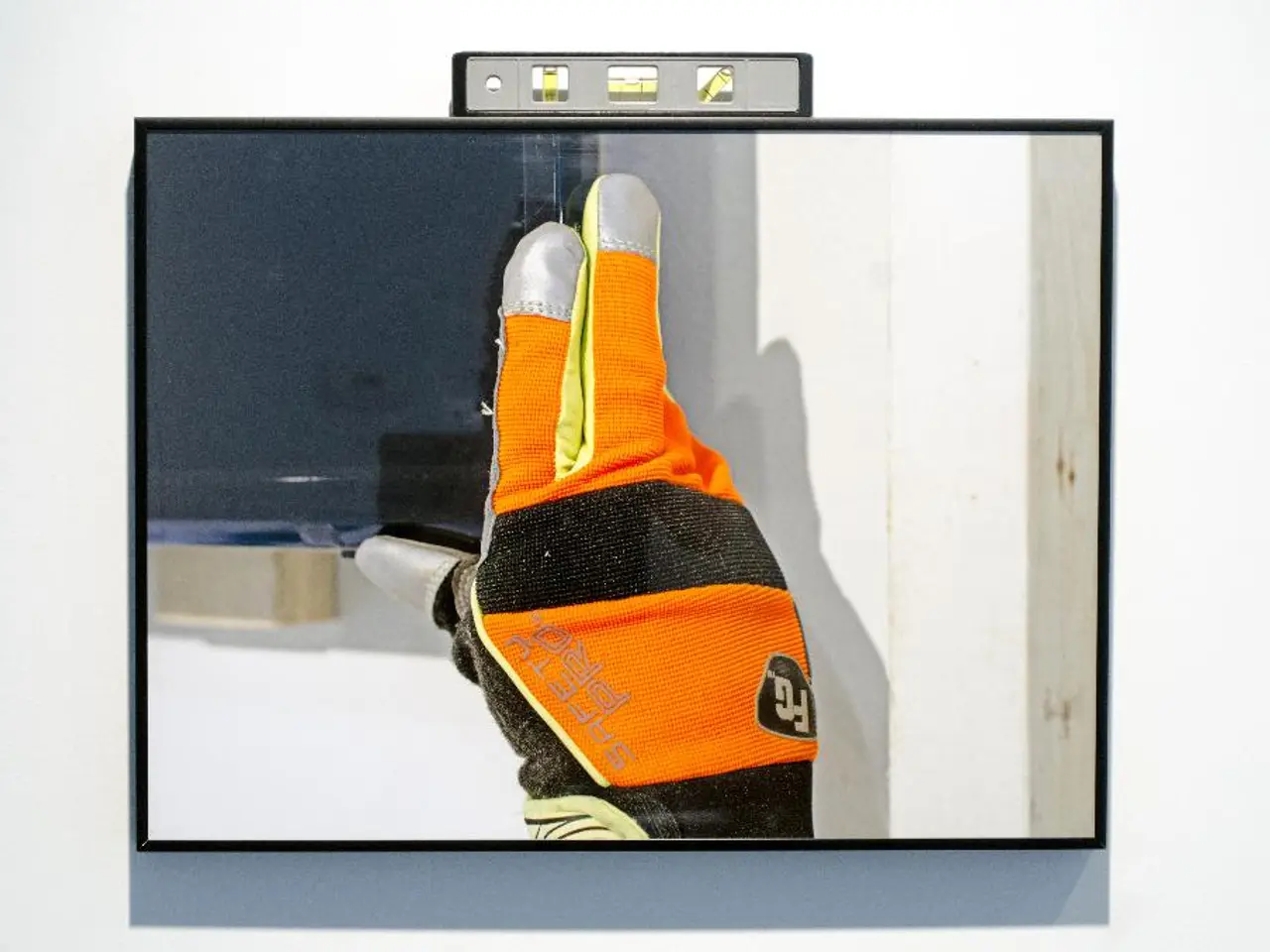Distancing oneself socially vs. isolating oneself: Understanding differences, suggestions, and additional info
In the face of the ongoing COVID-19 pandemic, understanding the importance of physical distancing and self-isolation is crucial for everyone. These measures, while serving different purposes, are essential in preventing the spread of the virus.
Physical distancing involves reducing interactions and increasing the distance between people in public or social settings to limit close contact and reduce disease transmission. This is a broad community-level measure applied to all individuals, whether sick or healthy, to slow the spread of infections. Recommended actions include maintaining at least 6 feet distance from others, avoiding crowded places, and minimising social gatherings.
On the other hand, self-isolation specifically applies to individuals who are ill, symptomatic, or have tested positive for an infectious disease, such as COVID-19. It requires separating oneself from others by staying at home and avoiding contact with family members or the public to prevent spreading the illness. Self-isolation involves staying in a separate room if possible, using a separate bathroom, and not sharing personal items with others until the infectious period is over.
Both measures, combined with hygiene and mask use, form a layered defense in pandemics to control disease spread. Physical distancing helps reduce the overall transmission in the community by lowering the chances of encounters between infectious and susceptible individuals. Self-isolation is a targeted action to block transmission from those who are infectious.
It is important to note that there is currently no vaccine for SARS-CoV-2, and physical distancing and self-isolation are the best ways to prevent its spread. Anyone who has had exposure to SARS-CoV-2 or who tests positive for the virus may need to go into quarantine or self-isolate.
Physical distancing and self-isolation can cause anxiety, worry, or fear due to an infectious disease outbreak. Financial worries can arise from having to take time off work. However, it is crucial to remember that these measures are in place to protect public health and slow the spread of the virus.
In addition, it is essential to prioritise mental health during this time. For those in self-isolation, staying connected to friends and family, staying active, building a structured daily routine, and seeking support from local authorities and nonprofit groups can help combat feelings of loneliness and anxiety.
In summary, physical distancing is a preventive measure for everyone to reduce disease spread, while self-isolation is a protective measure specifically for those infected or potentially infected to prevent passing the disease to others. Each has recommended behaviours to optimise their effectiveness during a pandemic. By following these measures, we can work together to control the spread of COVID-19.
- The ongoing COVID-19 pandemic is a coronavirus disease that underscores the significance of physical distancing and self-isolation.
- Self-isolation is a specific measure for individuals who are sick, symptomatic, or have tested positive for any infectious disease, including COVID-19.
- Recognizing the absence of a vaccine for SARS-CoV-2, physical distancing and self-isolation are the most effective methods to prevent the spread of COVID-19.
- To alleviate mental health concerns arising from physical distancing and self-isolation during the pandemic, it's crucial to prioritize mental health by staying connected, staying active, building a routine, and seeking support.




